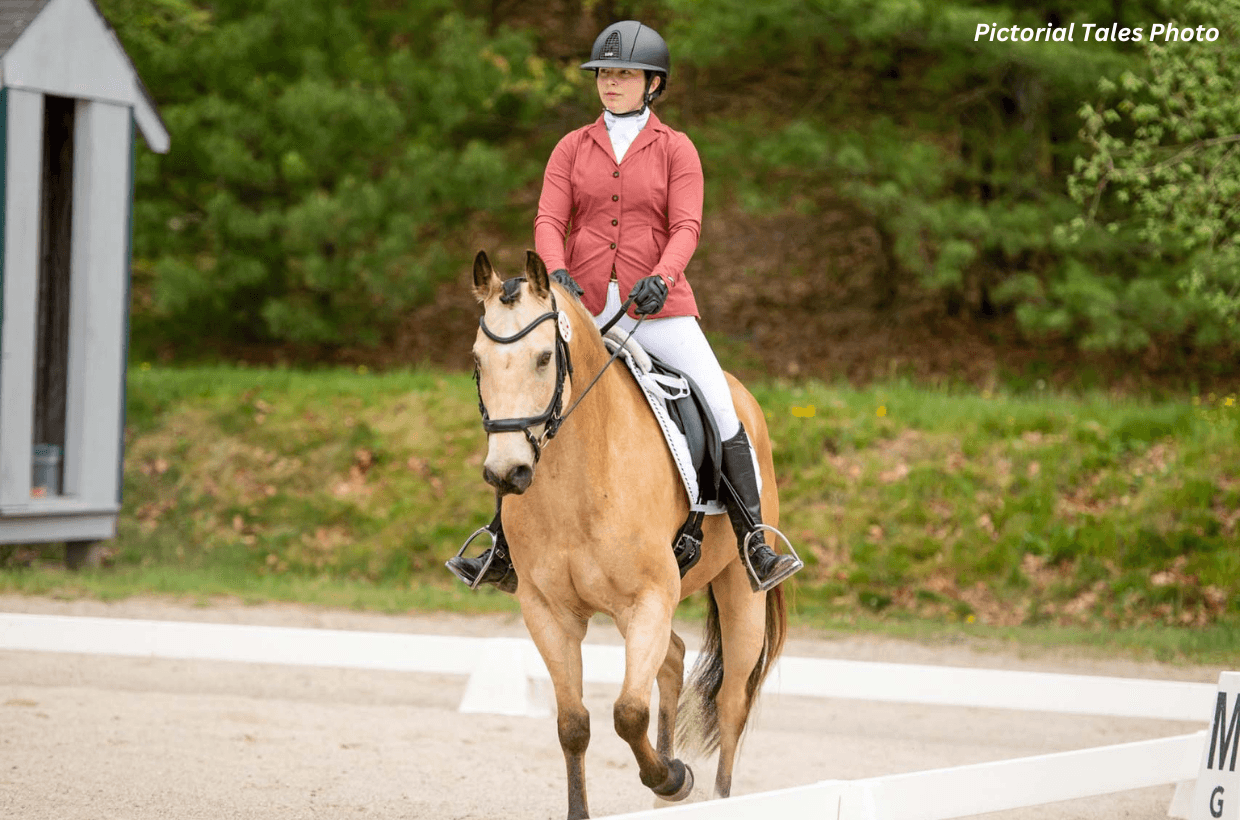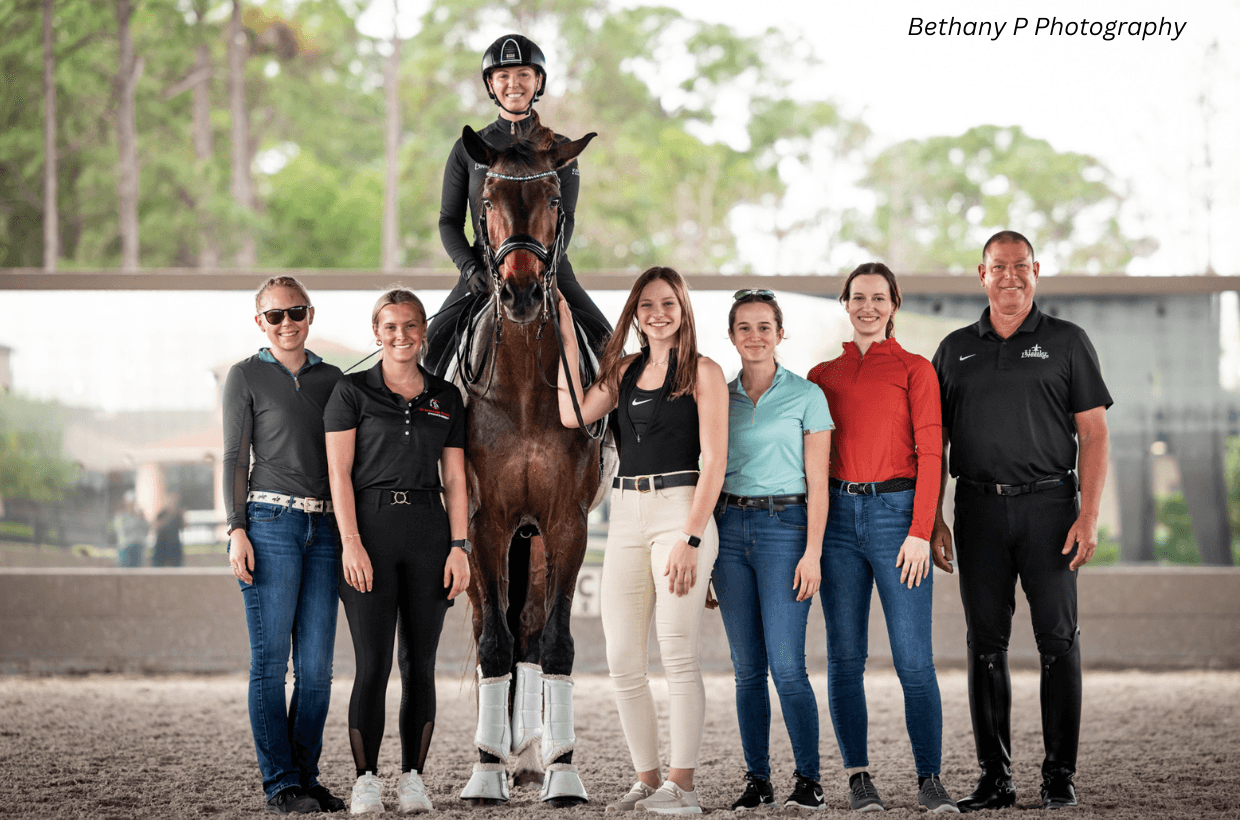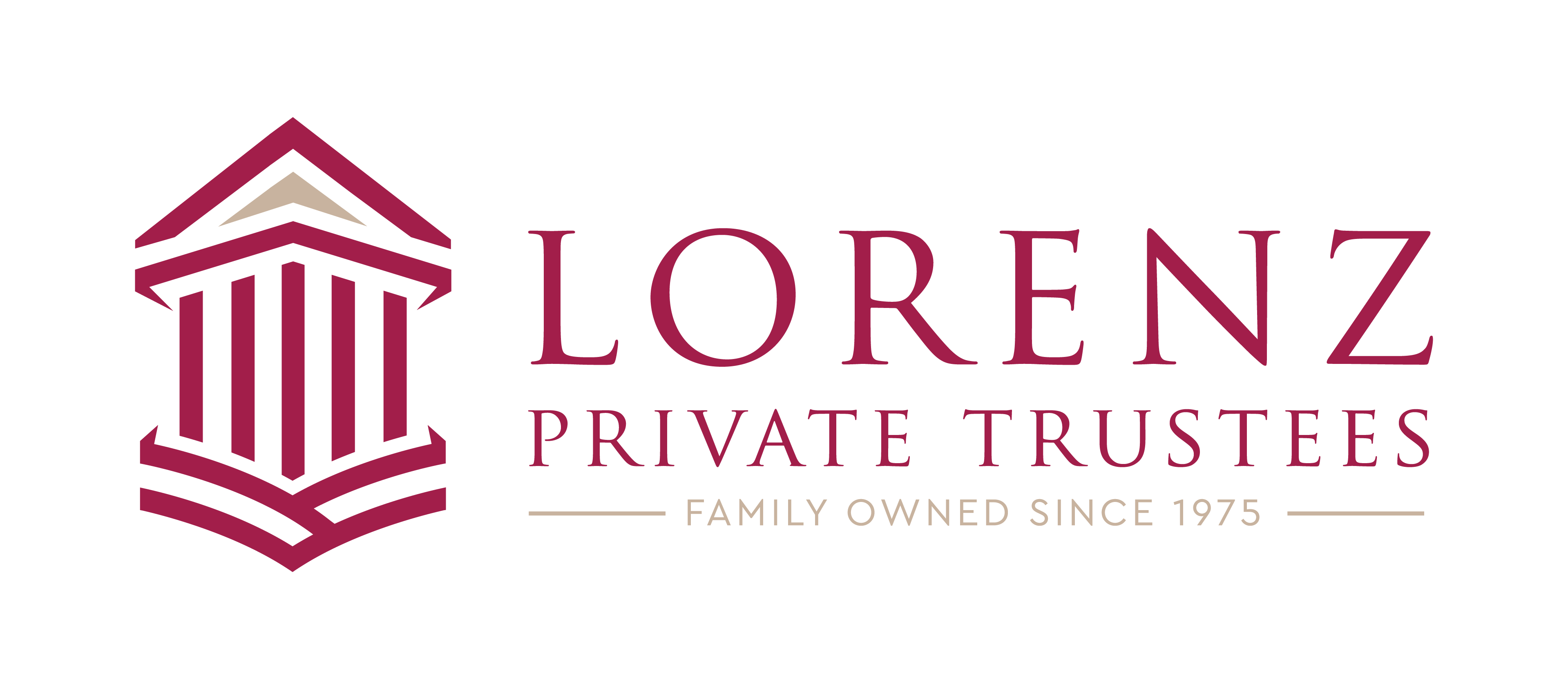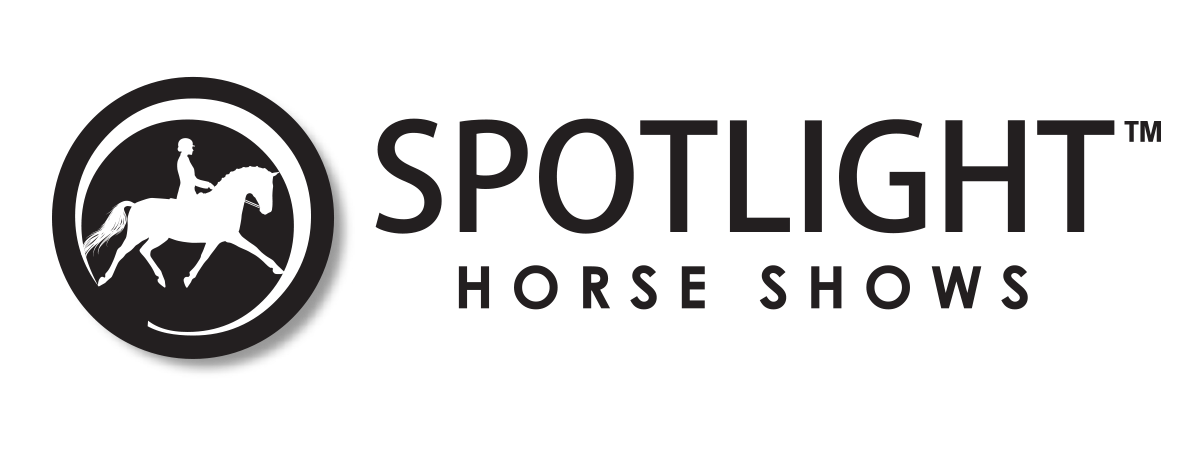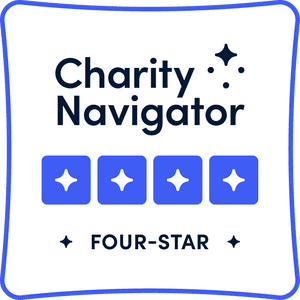2021 Major Anders Lindgren Instructor Grant Recipient: Carol Cunefare (CO)
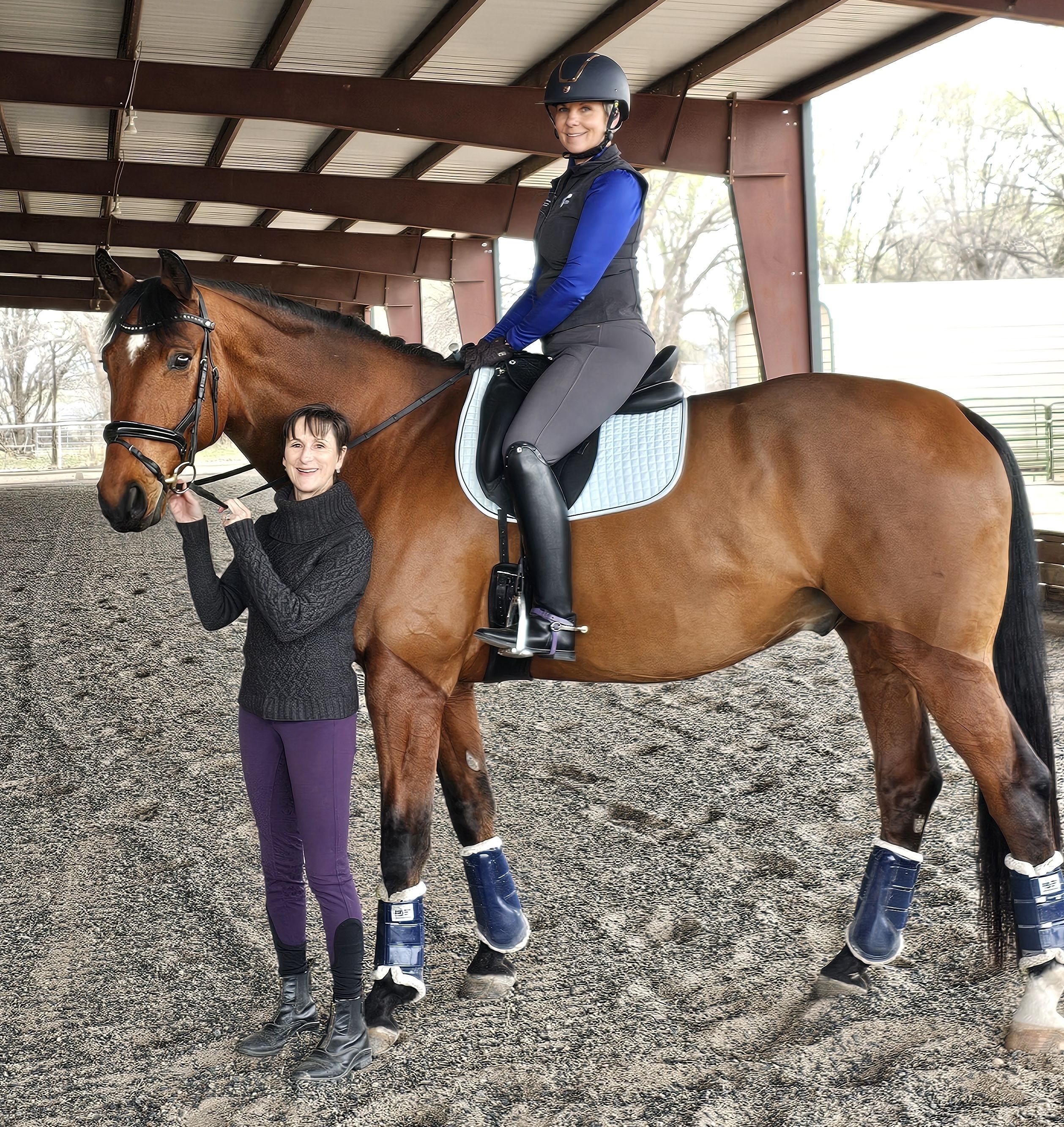
This opportunity was so amazing!! I am a perpetual student of this wonderful sport of dressage. Each horse teaches me so much. They are all so different, like a unique puzzle. My coach Rachel Saavedra told me I was a sponge, and very teachable. For me, this is the greatest compliment someone can give!
Completing the training for this grant took a bit longer than I expected. Most would think it was due to horse issues because they are known for randomly getting hurt or having some mysterious illness occur. Instead, I was involved in a motor vehicle accident, where a drunk driver, at 10:15 in the morning, decided to run a red light. I was the passenger in a big red F250, the impact was on my side at my door, and she was traveling at a speed of at least 50 mph, and it flipped us over onto the driver’s side of the truck. I saw the truck careening towards us and had enough time to put my head back to brace for impact and then blacked out for a few seconds. I was hanging by my seat belt and very thankful some amazing men jumped out of their vehicles and assisted to get us out. I didn’t break anything, which was astonishing considering the impact. I have some paralysis over my right eye, and my vision has changed, and I have had to deal with a whole host of various autoimmune issues. Also, to be expected, I’ve had to deal with some PTSD, and I have a whole new appreciation for the therapeutic value of horses!
I have a book that I go back to often called “Teaching Exercises” written by Major Anders Lindgren. When I noticed that The Dressage Foundation has the Major Anders Lindgren Instructor Grant, I just had to apply. And when I found out I was chosen, I was ecstatic!! Living in a small rural town in Durango Colorado, I must travel to seek out good trainers for assistance.
I worked with my coach Rachel Saavedra in a few big chunks of time. Rachel lives only 3.5 hours from me in Albuquerque, NM. To my surprise, she told me she trained with Major Anders Lindgren from the 1980s-1990s in California in both Instructors’ Symposiums and numerous clinics. I thought wow, this was truly meant to happen! She has shared with me some wonderful memories of this life-altering time in her career, and it has made me feel so deserving of such an amazing opportunity.
First, let me say that Rachel is a phenomenal instructor, and she LOVES to teach. She is positive and supportive and will push you at just the right time. While she may fly a bit under your social media radar, Rachel is a leading light in the national dressage world with a bucket load of accomplishments. A seasoned Grand Prix competitor and trainer, she is a Senior Faculty Member in the USDF Instructor/Trainer Development Program and one of the first to be certified at the FEI level. Rachel’s main mentors from earliest to latest: Anders Lindgren, Gerhard Politz, Alfred Knopfhart, and Conrad Schumacher.
My horse: Delicanto (aka “Eli”) is a Hanoverian, and he is a big boy at over 17.3 hands and can be a bit spooky, and hot, and has huge bounding gaits. He is my baby, and I imported him in January 2020 of his coming four-year-old year. Then Covid hit us all in March. Due to all the shows and in-person clinics being canceled, I had plenty of time to focus on our relationship; I posted fun videos often on social media of us at liberty doing fun tricks and games. He is learning how to play fetch, which I believe helps our relationship under saddle.
Our focus during training has been a myriad of basics to be sure there are no “holes” as we move forward in our training. He has a great topline and knows how to stretch to the bit. We have done quite well at Training and First Levels and dipped our toes in Second Level last year (2023). During each session, we worked a lot on his understanding longitudinal compression, by activating his hind end and keeping him reaching to the bit. Then we were sure to address “the division of labor:” The fingers belong to the bit, and the inside wrist turning and flexing belongs to the poll and the arms belong to the neck. The inside rein will flex and bend and lower and soften the poll and jaw laterally. While the outside rein will straighten and elevate the head, and neck and close the poll longitudinally.
Rachel would reiterate that “thoroughness” is a longitudinal term. Avoiding the horse getting “jackknifed” at the base of the neck is critical to thoroughness. The neck and shoulders must be aligned to get the connection from back to front and not let the haunches disengage laterally. Only then can the horse engage his haunches and thoracic sling and be in a true “carrying posture”. We made certain that Eli was reaching the neck out to draw the bridge (back) up. Then we played with crisp transitions and the rounder position of the neck to reeducate his back to improve his topline, swing, activity, and cadence.
Rachel helped with a continual reminder that I could turn him with my seat, and not help him too much. She reminded me that I am too nice sometimes, that I will circle and try to do things slower, and that I need to ramp up my expectations with a sense of immediacy. This is funny because I have no problem expecting this from my clients, but when I get in the saddle on my horse, I will allow answers to be too slow.
For those of us who have been in this horse training world for a long time, know that there is not a magic new trick that you will learn from going to clinics. It comes down to the basics and the horse understands what you are asking and gives you the correct answer… the what, why, and how. One of Rachel’s core concepts is to be certain there is an understanding of aids, the following is an excerpt from an article she wrote for Dressage Today in 2019 that I just had to share, as I love this and use it with all my clients:
How Clear Intention Leads to Clear Aids and Prompt Results in Dressage Training
We need vocabulary that explains dosage and function: Active aids are meant to produce a specific response from and change in the horse. Regulating aids are intended to prevent, limit, or regulate the speed of changes to the horse’s current situation. Passive aids are in contact with and attentively follow the horse’s barrel, back, and mouth passively. They monitor or listen to the horse.
Aids can further be categorized into primary aids and modifiers. Primary aids are like the verbs of our language. Modifying aids are like adverbs. For example, the primary aid says, “Move over,” and the modifier says, “Straightly.” “Move over straightly” means “leg yield.” There can be more than one modifier, but we must communicate and produce the primary result before we can modify it. The delay between the two may be miniscule, but there must be a delay at least in the early training. If there is confusion, we first address the response to the primary aid and then we can address the modifiers.
For those who ride alone constantly, having someone on the ground being our “eyes” and holding us accountable is invaluable. I am reminded about being vigilant of the appropriate and timely release of the active aids as an important part of clear communication, helping the horse to understand that he responded correctly. This release of aids is also a key factor in improving a horse’s attention and readiness for the next aids.
Then on to some walk and canter focus: Rachel is emphatical about the following arm in the walk and canter, and not restricting the neck and back out of sync with the gaits. It is sometimes easy to forget this and not allow my big horse to have his naturally big gaits. My horse Eli has a huge walk, so I am constantly working to find the ranges and preserve the walk. She would remind me not to let him hold himself and worry. I was encouraged to teach him to walk at his maximum strut: “Offer more than he will take, to increase the range. Maximum swing, seat swing matches the elbow swing. Find the rhythm and let the motion come through you. He has a 12” over track, don’t let him skimp on his reach. If you feel like you need to shorten the reins, then lengthen the horse. He has a good catwalk, do not settle for less. Free walk on a loose rein, then free walk on a long rein. It opens the back and loosens the muscles. Great to work on at the start of the training session, and sprinkle in between sets.
In the canter, we worked on having a more linear or cyclical half-halt and creating space in preparation for a flying change. Then we worked on when to use an interruptive or a more fluent, cyclical half halt. In preparation for flying changes, we worked on making sure the lower leg isn’t too neutral in the canter but is marking the current canter lead with the outside leg placed back.
We frequently used überstreichen to get the tension out of the inside rein. We practiced counter cantering on 20m circles, taking out the bend, and crookedness. We developed a very linear relationship through the body; straightness, balance, and longitudinal relationship; which is required for changes, and collection. Rachel emphasized that the collecting and balancing half halt happens in the upswing on the canter, the first beat, and then flows and follows the remainder of the stride.
When playing with the preparation for the half pass, Rachel has a very fun way of approaching this somewhat complicated movement: I hope we all remember the game “Mother May I” from our childhood. We start it slowly, show him the diagonal line coming out of the corner, but keep him traveling on the wall a moment longer. Inside leg says wait, half halt says wait. Then, you are thinking “Mother May I” …. a half halt that says you can add another mother may if necessary …. Then “Yes You May.” Reins create a corridor along the body to the bit and towards the destination. It is a line of travel that also goes back to the fence where you left the wall, “the origin.” Then, anywhere on this line of travel, you could say “Mother May I” again to “remind him of his origin” and be sure the horse is still in self-carriage and maintaining alignment.
I also had the opportunity to have Rachel coach me last year at a few shows, to work out any show “jitters” and we have been Year End High Point recipients for Training Level, First Level, and our very first Musical Freestyle. Thankfully my horse is a ham and loves to strut his stuff and show off to a crowd. Our issues come at home when we are alone without any of his friends in the arena with us for comfort. But, after these focused sessions, things have improved tremendously!
Thank you to The Dressage Foundation, for all that you do for this sport. You help so many people achieve their dreams and desires that many of us would be unable to do without your generosity. Rachel Saavedra was a testament to Major Andres Lindgren’s Grant in carrying on his legacy to the future of this sport. I take my dressage education very seriously and do everything I can each year to do more than the required “CE” as a USDF Certified Instructor and L Graduate. I believe it is vital for professionals to have mentors and coaches and apprentice with someone that we can continue to grow with and keep learning. I took away so many “ah-ha” moments from the experience that I will treasure forever!


